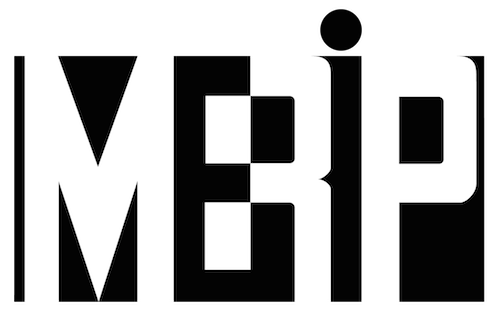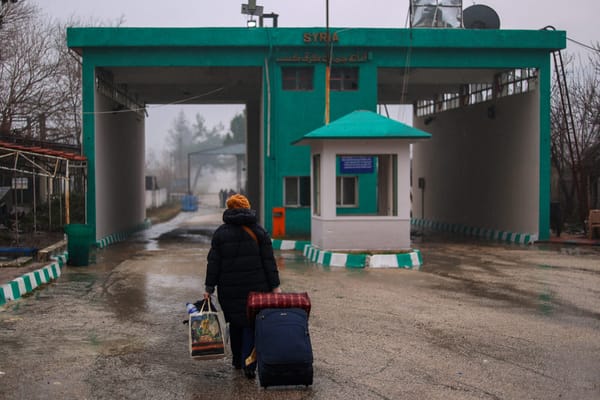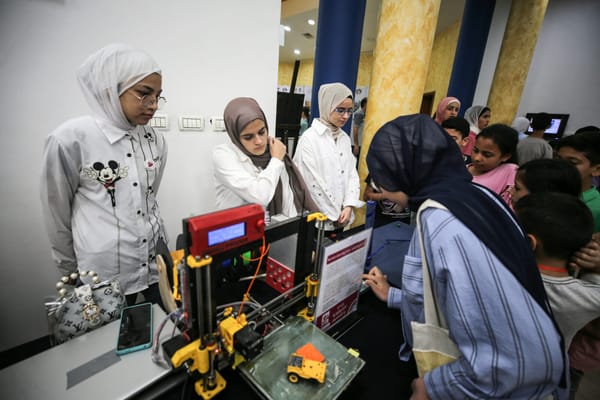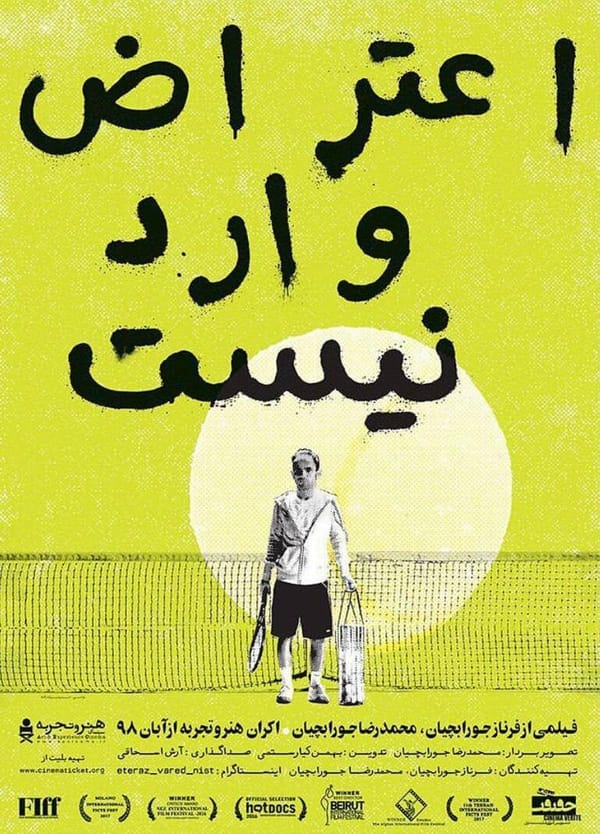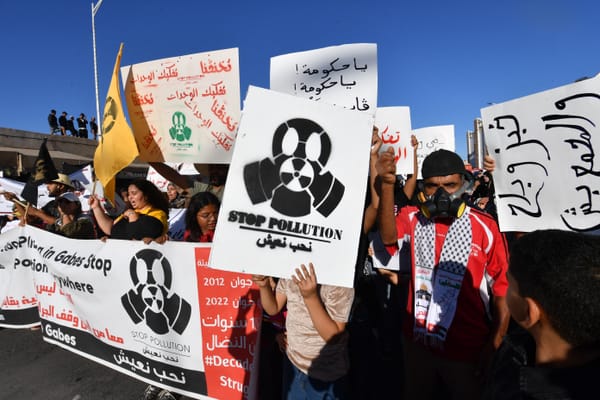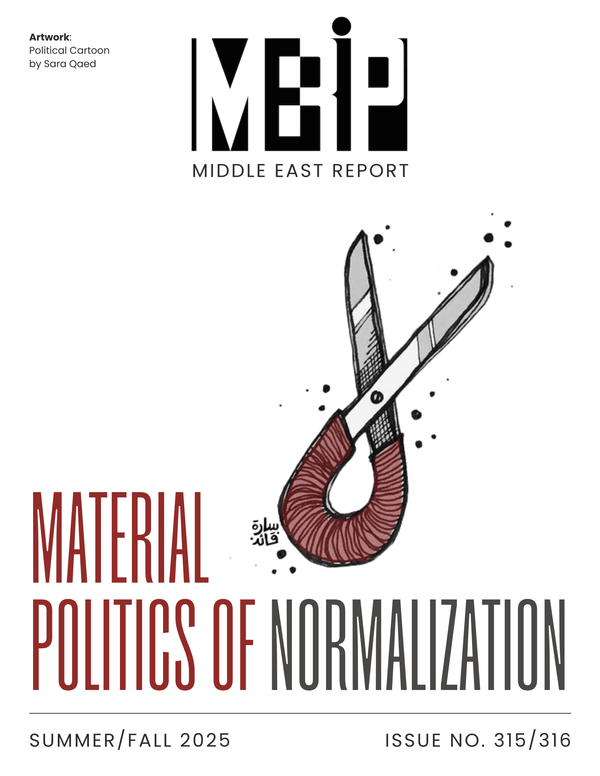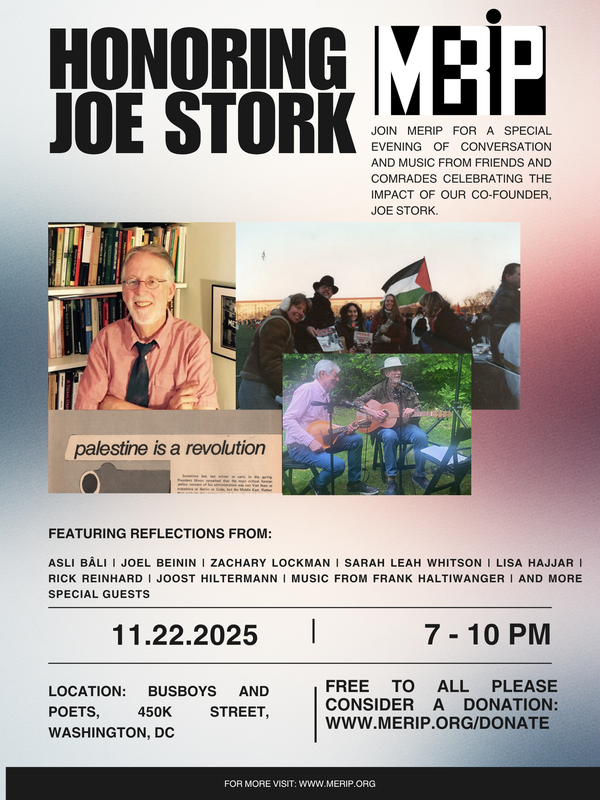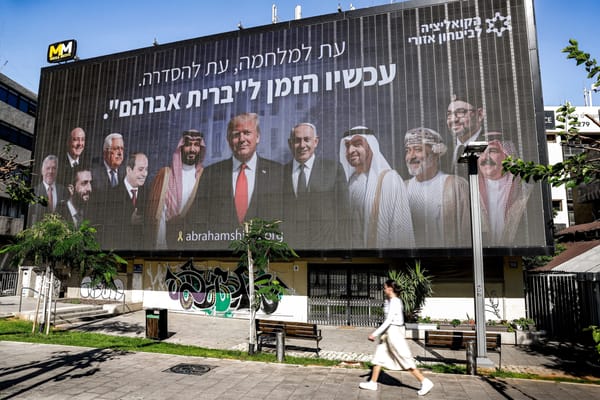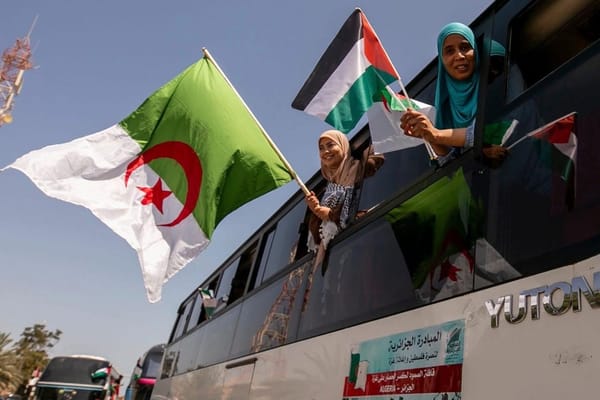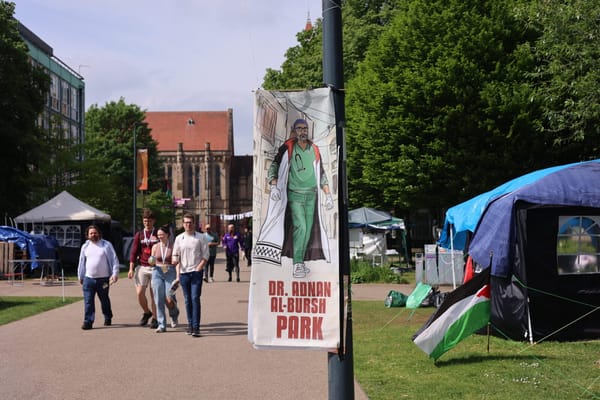From the Editors (July/August 1991)
The US military deployment to Saudi Arabia was on a scale not seen since the height of the Vietnam war. The “victory” parade in Washington on June 8 was the largest celebratory military exhibition, we are told, since World War II. The parade, like the war, was designed in part to obliterate the hist
